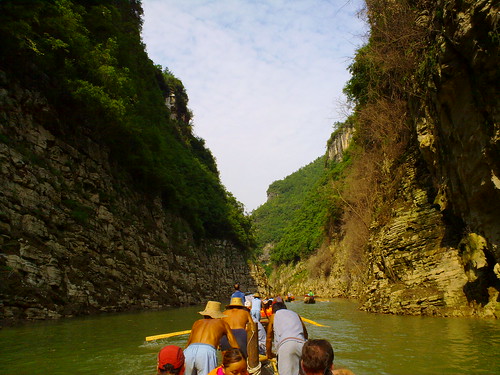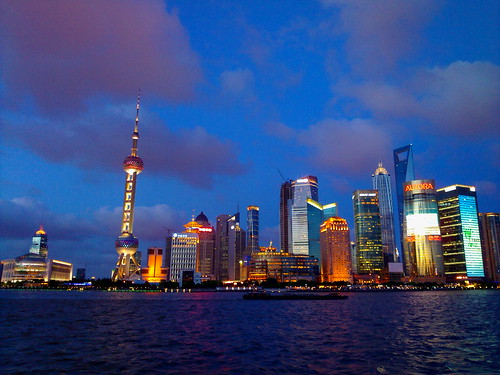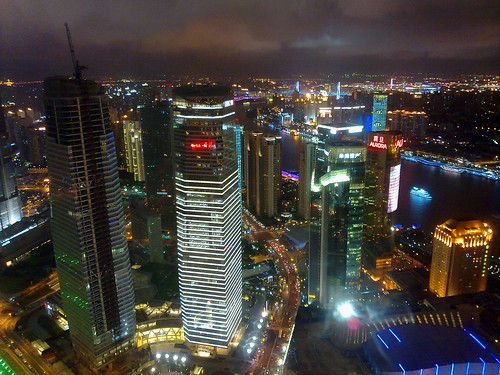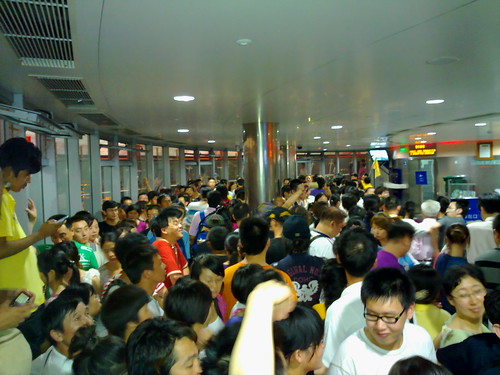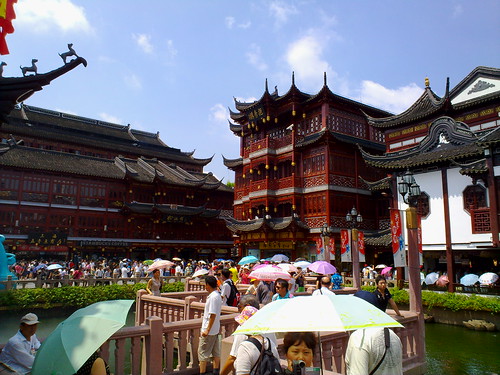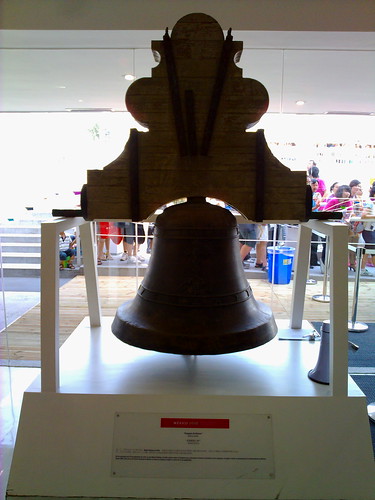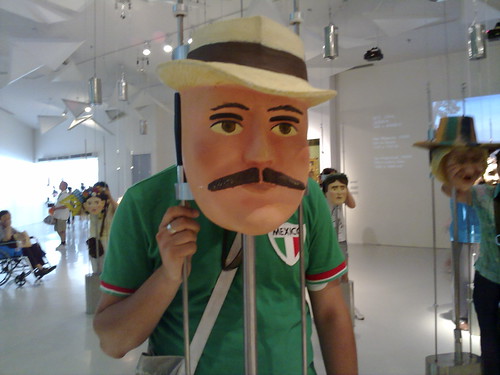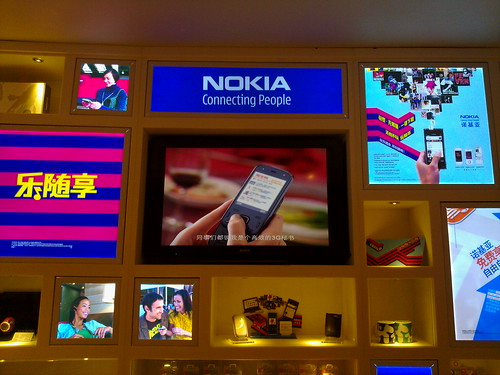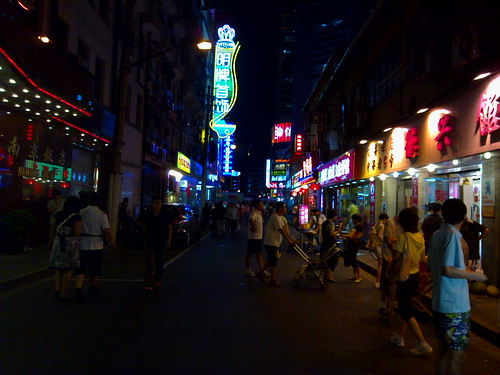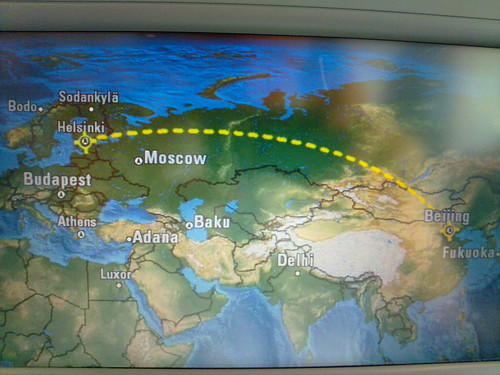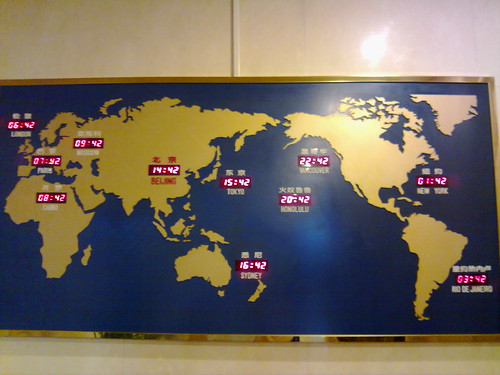As you probably know if you read this blog, one of my passions is food, especially of the Mexican kind. Unfortunately, most of the Mexican food you find outside of North America is not really Mexican, so I make a point of testing Mexican restaurants when I’m traveling to make sure they are more Mex-Mex than Tex-Mex so that I can recommend them to friends.
You can find an abridged list after the map below (they’re listed by how far away they’re from Finland, with the first being the farthest out).
- Viva México, Singapore, Singapore. Pretty decent decor. Indian & Pakistani staff wearing Mexican dress. Some of the items in the menu are Tex-Mex as that’s what people know so far away from the land of nopales, but the chef is from Oaxaca so he can recommend what to eat. I had caldo tlalpeño and chiles en nogada when I was there and they were very good (photos). From what I hear, they have to import a lot of the foodstuffs, even the rice (kinda funny as it’s in Asia).
- Fonda de la Madrugada, Tokyo, Japan. A restaurant in a huge basement, descending those steps transports you from Harajuku to an Hacienda. Mexican movies shown in a corner. The chef was Mexican, even if the owners weren’t. The staff speaks Spanish and Japanese (few things cuter than a Japanese girl in a huipil), but no English. While it’s not the cheapest place to eat out, the food was absolutely worth it: we had guacamole, caldo tlalpeño, enchiladas and even carnitas a la michoacana (photos).
- El Mexicano, Shanghai, China. Small place slightly out of town. Mexican owners. The pollo en salsa verde was not great, but the tacos al pastor more than made for it (photos).
- La Palapa, New York, USA. A restaurant that wouldn’t be out of place in Coyoacán, even if the portions are American-sized. Their quesadillas were to die for (photos)
- Tehuitzingo Deli & Grocer, New York, USA. The best taquería I’ve been to outside of Mexico City (no wonder as it’s smack in the middle of Puebla York). Once you get inside past the grocery part of the locale, you will reach a small corner of heaven in Hell’s Kitchen. Tacos de lengua, pastor, chicharrón or suadero, sopes, quesadillas de flor de calabaza… all washed down with a Pacífico (photos).
- Rosa Mexicano, New York, USA. You realise the Mexican food market in NY has matured as they’ve gone from Tex-Mex to Mex-Mex to haute cuisine Mex. A selection of tequilas that will leave a connoisseur drooling, their arrachera & shrimps plate was very good and worth the price tag (photos).
- Barriga Llena, Madrid, Spain. Part of a mature Mexican-owned chain in Spain, the food is close enough to its origins and the sense of humour is a breathe of fresh air.
- Ándele, Barcelona, Spain. I used to visit Barcelona every year for work, and I always tried to visit this small place. The tacos are quite OK and they also sell Mexican foodstuffs and tequilas (indispensable if you live far away like me).
- Anahuacalli, Paris, France. This is the only one I haven’t visited of the restaurants in this list, but everybody I know and trust who has eaten here recommends it. The founder has lived in France for 40 years.
- Mestizo, London, UK. Mexican-owned as well. Also a little bit pricey, but the food was excellent. We had ceviche, tacos al pastor, pato en mole con ciruela, tamales, pozole, flan & crepas and it was all good (photos).
- Taquería La Neta, Stockholm, Sweden. For a while the closest source for proper Mexican food, this taquería was opened in 2009. Their menu is simple: tacos and their relatives, but the results are excellent as they have their own tortilla-making machine (photos). Mexican-owned.
- Café de Nopal, Helsinki, Finland. Recently opened. I just wrote a review about the place. They offer a “comida corrida” lunch every weekday with a choice of two/three main courses and brunch on weekends (photos). Mexican-owned.

